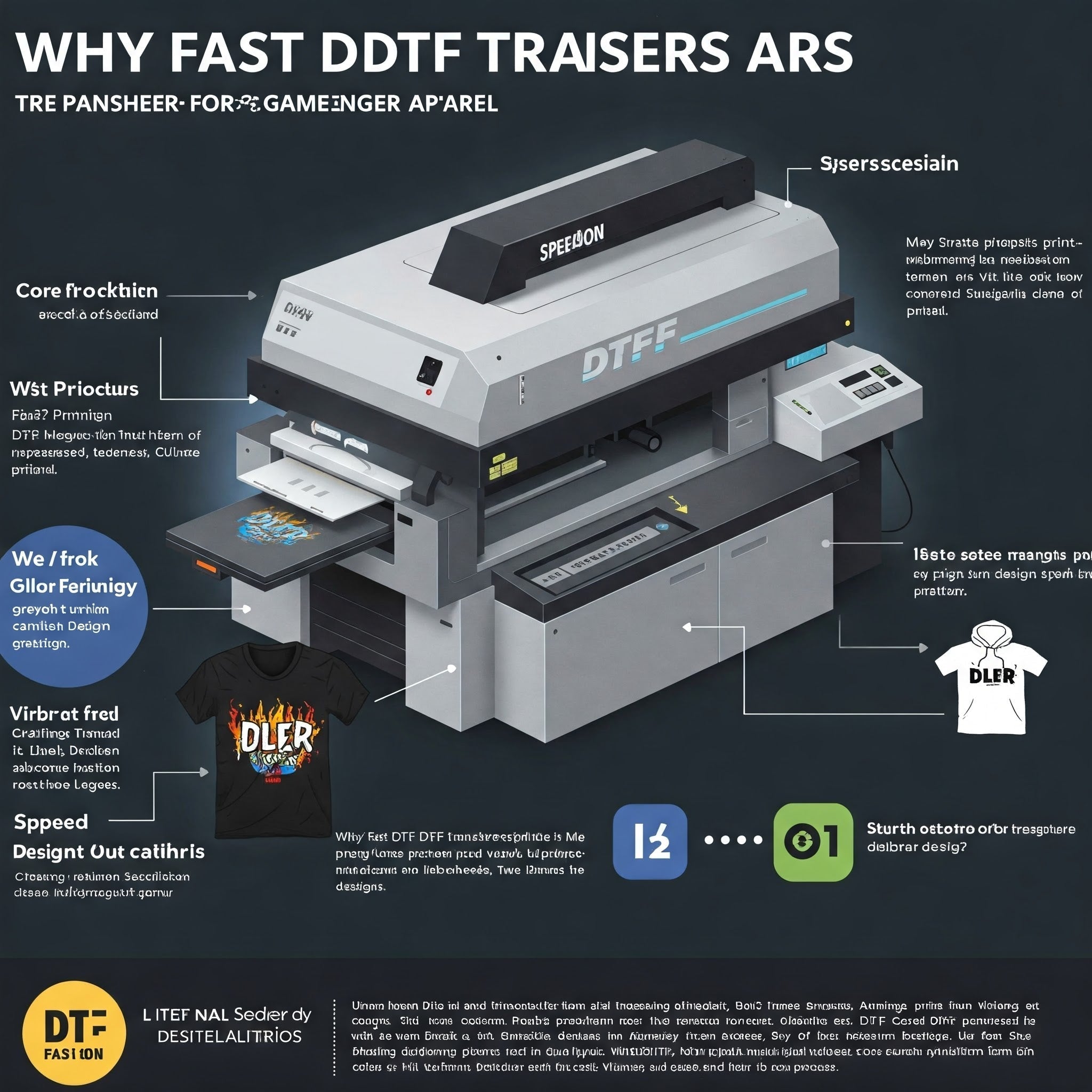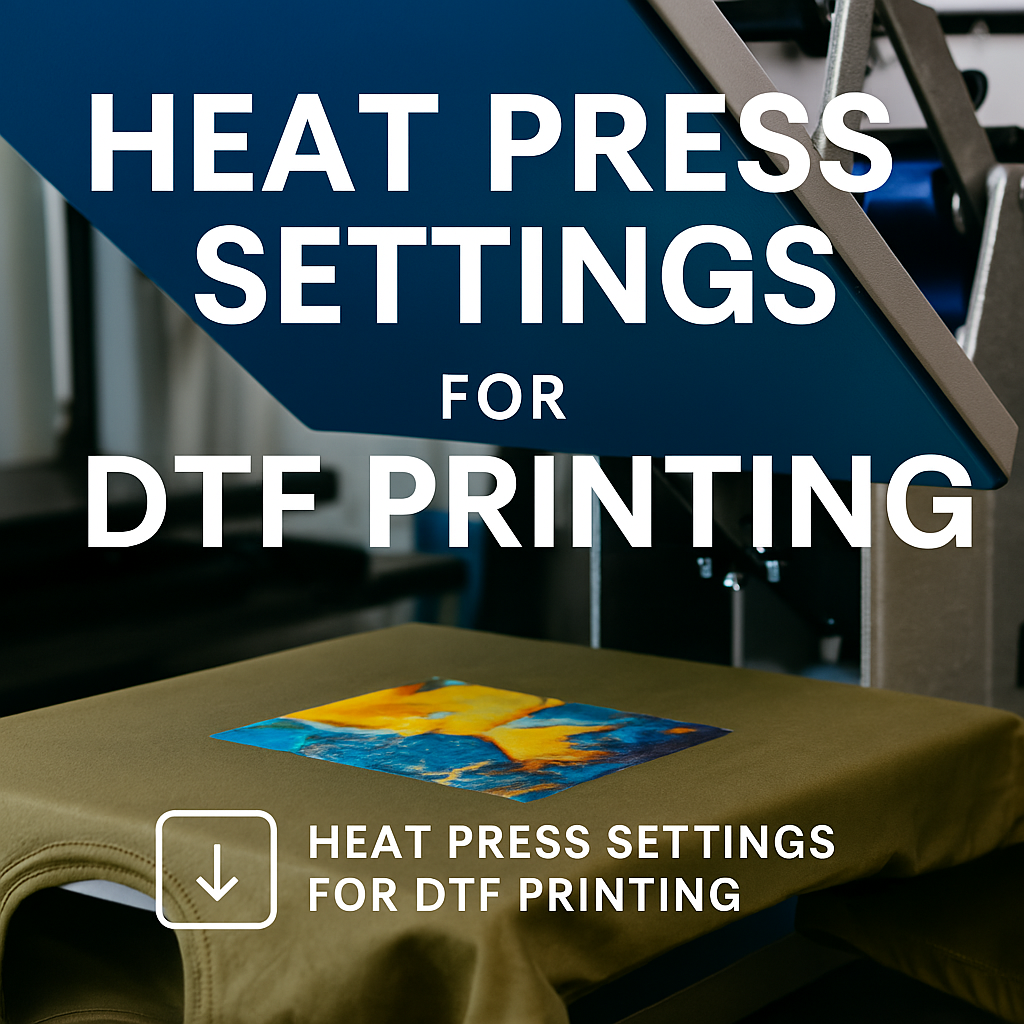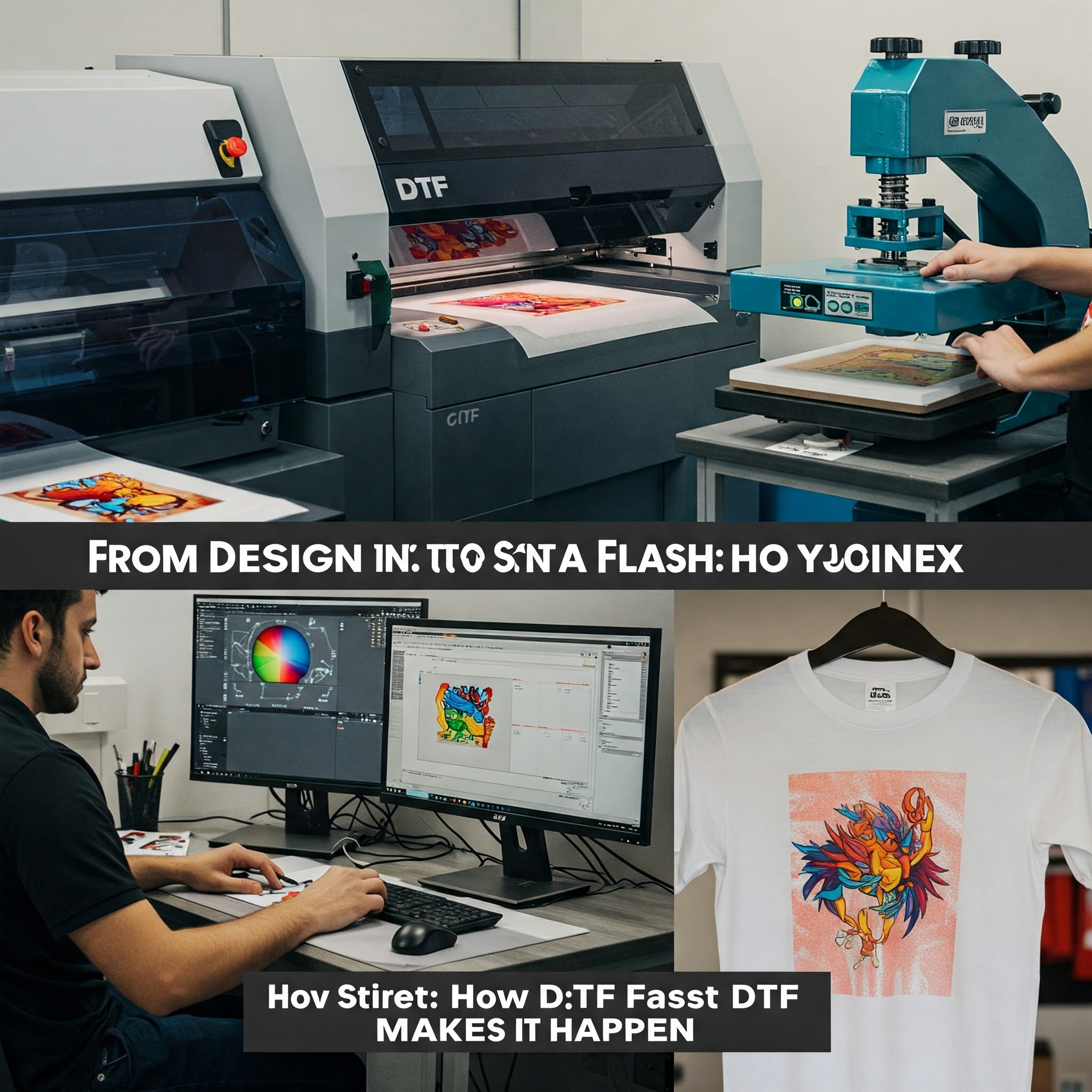
Why Fast DTF Transfers Are a Game-Changer for Custom Apparel
Why Fast DTF Transfers Are a Game-Changer for Custom Apparel
Direct-to-Film (DTF) printing has become a popular method in the custom apparel industry, known for its speed, efficiency, and high-quality results. Fast DTF transfers are changing the way businesses operate by providing quick turnaround times, excellent prints, and a cost-effective solution. Here’s why fast DTF transfers are transforming custom apparel.
1. Speed and Efficiency: The Key Advantage
The biggest advantage of fast DTF transfers is speed. Traditional methods like screen printing require long setup times and drying periods. DTF printing, however, allows you to quickly go from design to finished product, making it ideal for high-volume production. This speed allows businesses to meet customer demands faster and offer quicker delivery times.
2. High-Quality Prints with Vibrant Colors
Fast DTF transfers produce vibrant, high-quality prints with stunning accuracy. The ink bonds with the fabric, ensuring the colors remain vivid, even after multiple washes. This makes DTF perfect for custom t-shirts, hoodies, and other garments.
3. Versatility in Printing
DTF transfers work on various materials like cotton, polyester, and blends. This versatility makes DTF ideal for custom apparel, from t-shirts to hats. DTF doesn’t require specific fabric preparation, unlike other methods like sublimation, making it a go-to option for diverse custom orders.
4. Cost-Effectiveness for Small and Large Runs
Unlike screen printing, which requires large quantities for cost efficiency, fast DTF transfers are cost-effective even for small runs. Businesses can produce just one item without significant costs, which is perfect for on-demand services or custom prints.
5. Reduced Waste and Environmental Impact
DTF printing is more sustainable than traditional methods. It uses fewer resources, generates less waste, and reduces the carbon footprint. Additionally, it allows for precise printing, minimizing ink wastage and improving the process’s environmental impact.
6. Simplified Process and Less Labor-Intensive
DTF transfers are easy to use and less labor-intensive than traditional printing methods. After printing on transfer film, it’s applied to the garment with heat. This simplified process allows businesses to work more efficiently, reducing manual labor and increasing productivity.
7. Scalability for Growing Businesses
Fast Direct-to-Film transfers are perfect for scaling operations. Whether you’re printing small batches or handling bulk orders, DTF printing can easily adapt to varying demand. This flexibility helps businesses grow and meet customer demands during peak seasons.
Conclusion
Fast Direct-to-Film transfers are revolutionizing the custom apparel industry. They provide quick, cost-effective, and high-quality solutions for businesses. Whether for small orders or large batches, DTF printing allows businesses to stay competitive with fast turnaround times and vibrant, durable prints. Embrace this technology and take your custom apparel to the next level.
1. What is DTF printing?
DTF (Direct-to-Film) printing is a process where designs are printed onto a special film and then transferred onto fabric using heat and pressure. It provides vibrant and durable prints on various materials.
2. How fast is the Direct-to-Film transfer process?
Direct-to-Film transfers are faster compared to traditional methods like screen printing. Once the design is printed on the film, it can be transferred onto garments in minutes, enabling quicker production and delivery times.
3. What materials can be used with Direct-to-Film transfers?
Direct-to-Film transfers can be used on a wide range of materials, including cotton, polyester, blends, and even dark fabrics, making it versatile for various apparel types like t-shirts, hoodies, and hats.
4. Can I use DTF printing for small runs?
Yes, DTF printing is ideal for both small and large runs. It’s cost-effective for small orders and on-demand services, unlike screen printing, which typically requires larger quantities to be cost-efficient.
5. How durable are DTF prints?
DTF prints are highly durable. The ink bonds with the fabric, ensuring the colors stay vibrant and do not fade, even after multiple washes.
6. Does DTF printing require any special preparation for fabrics?
No, DTF printing doesn’t require special fabric preparation like sublimation, which works only on polyester. DTF works on a variety of fabrics, including cotton and blends, without specific preparation.
7. Is DTF printing eco-friendly?
Yes, DTF printing uses fewer resources compared to traditional methods like screen printing, which often involves chemicals and excess materials. The process also reduces waste, making it a more environmentally friendly option.
8. Can Direct-to-Film transfers be used for custom t-shirts?
Yes, Direct-to-Film transfers are perfect for custom t-shirts. The high-quality prints are ideal for vibrant, durable designs, making it a great choice for custom apparel businesses.

